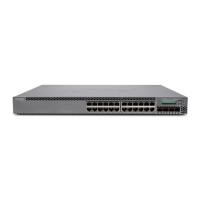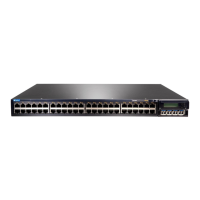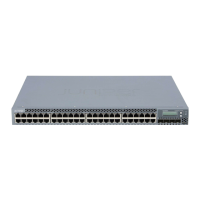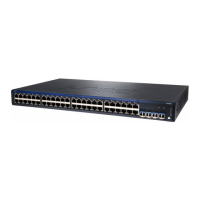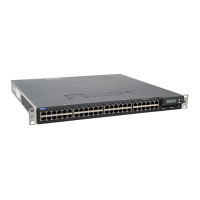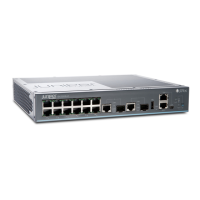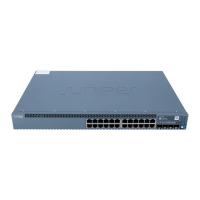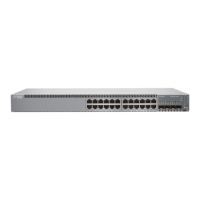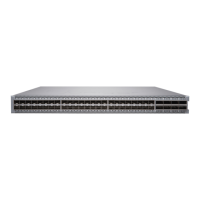DHCP option 82 value. Then, when a DHCP client request matches the specified option
82 value, an address from the specified range is assigned to the client.
You can link address-assignment pools together to provide backup pools for address
assignment. When no addresses are found to be available in the specified (primary)
address pool, the router or switch automatically proceeds to the linked (secondary)
address pool to search for an available address to allocate.
The address-assignment pool hold-down feature enables you to specify that no additional
address are allocated from an existing active address-assignment pool. This configuration
gracefully transforms the active pool to an inactive state as the previously allocated
addresses are returned to the pool. When the pool is inactive, you can safely perform
maintenance on the pool without affecting any active subscribers.
You can also explicitly identify that an address-assignment pool is used for ND/RA.
Related
Documentation
Configuring Address-Assignment Pools•
• Address-Assignment Pools Licensing Requirements
• Example: Configuring an Address-Assignment Pool
Configuring How the Extended DHCP Local Server Determines Which
Address-Assignment Pool to Use
You can specify the match order in which the extended DHCP local server uses the client
data to determine the address-assignment pool that provides the IP address and
configuration for a DHCP client. You use the pool-match-order statement to specify the
match order. If you do not specify the pool-match-order, the router (or switch) uses the
default ip-address-first matching to select the address pool. After DHCP local server
determines the address assignment pool to use, the server performs the matching based
on the criteria you specified in the pool configuration.
In the default ip-address-first matching, the server selects the address-assignment pool
to use by matching the IP address in the client DHCP request with the network address
of the address-assignment pool. If the client request contains the gateway IP address
(giaddr), the local server matches the giaddr to the address-assignment pool’s address.
If there is no giaddr in the request, then the DHCP local server matches the IP address of
the receiving interface to the address of the address-assignment pool.
In external-authority matching, the DHCP local server receives the address assignment
from an external authority, such as RADIUS or Diameter. If RADIUS is the external authority,
the DHCP local server uses the Framed-IPv6-Pool attribute (RADIUS attribute 100) to
select the pool. If Diameter is the external authority, the server uses the Diameter
counterpart of the Framed-IPv6-Pool attribute to determine the pool.
For IPv4 address-assignment pools, you can optionally configure the extended DHCP
local server to match the DHCP relay agent information option (option 82) in the client
DHCP packets to a named range in the address-assignment pool used for the client.
Named ranges are subsets within the overall address-assignment pool address range,
which you can configure when you create the address-assignment pool.
Copyright © 2017, Juniper Networks, Inc.122
DHCP and Other System Services Feature Guide for EX2300, EX3400, and EX4300 Switches
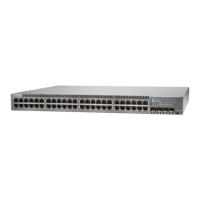
